You would like to progress in photography but your practice is at a standstill, you are out of inspiration, you don’t know how to make better photos, you lack creativity? A little bit of all that? How about a photo challenge?
You are not a professional photographer, you don’t have all your days to take pictures, you have other activities. You take a step back from photography due to a lack of motivation, results and recognition. Whatever your level in photography, it is normal to feel this. It’s also my case sometimes.
What if you take a different approach to progress in photography? Concrete, simple to implement, complementary to photography classes?
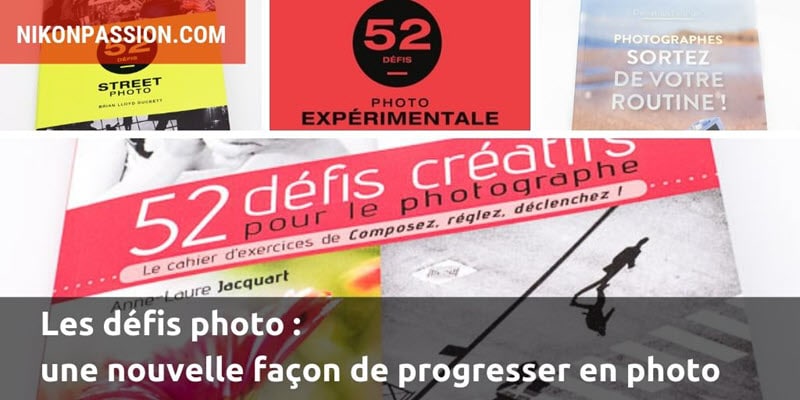
I didn’t look very far for this title because it was obvious. If you are content to invest in photo equipment to admire it in your favourite window, you will have a hard time making progress in photography.
Far be it from me to criticize this way of being (I also have a showcase of old cases…), but owning photographic equipment is not being a photographer.
To progress in photography you will have to do your scales with a regularity that our current rhythm of life does not always allow us.
I have the same problem as you, I’m running out of time. But rather than keep repeating over and over again, ” I don’t have time.« I chose to say, ” I don’t give myself the time« . Try it, it makes a difference.
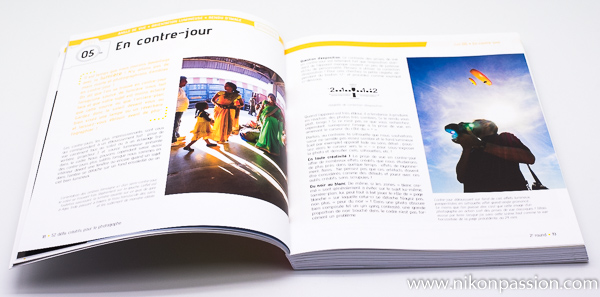
It is by giving me the necessary means every week that I achieve my goals while carrying out several other activities at the same time. It is a question of will and method:
- I file my reading notes and ideas (in Evernote) to always have something to try,
- I include photo moments in my days (15 minutes can be enough),
- I reduce the time spent unnecessarily (Facebook for example),
- I am reordering my priorities (going out at night to take pictures instead of watching yet another TV show.).
Finding your own rhythm is the only way you’re going to get there. The more you think about photography, the better. Anne-Laure Jacquart describes it very well in the introduction to her book “52 Creative Challenges for the Photographer.” It gives you everything you need to plan and act.
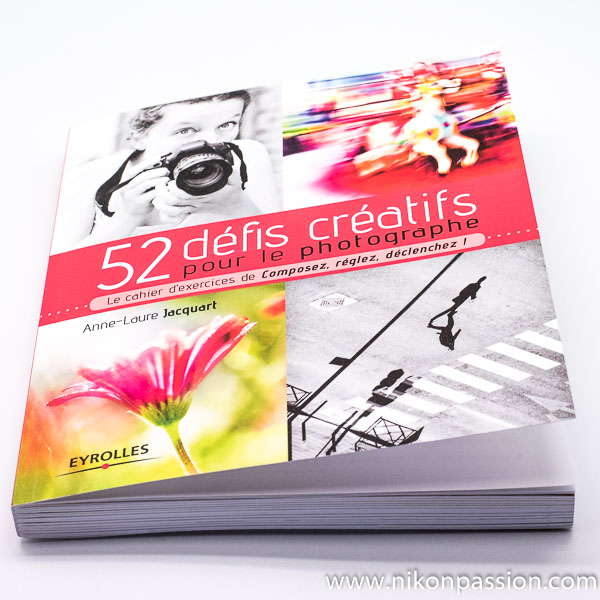
But taking pictures without knowing why or how is not the solution. If you really want to make progress in photography, you need a methodical approach.
Come to think of it, if you play music, sing, dance or play a sport, you know as well as I do that you have to be methodical. Otherwise you’ll never get anywhere. Even if there are constraints, you bend to the rules.
On the other hand, if photography is a “pure pleasure” passion for you, you don’t want it to be boring. Then a method yes, but recreational.
To avoid spending too much time developing the method that will allow you to progress in photography, a simple solution is to follow a plan. The formula is known, it is the formula of the coaches as well as the teachers.
Take your favorite notebook and answer these questions:
- what I want to do,
- at what rate,
- with what deadline,
- and what measuring points.
I decided this year to take pictures of people in the street every week to have a coherent series at the end of December. I make photos on this theme several times a week, I select a photo every Wednesday and I file it all together to prepare the series.
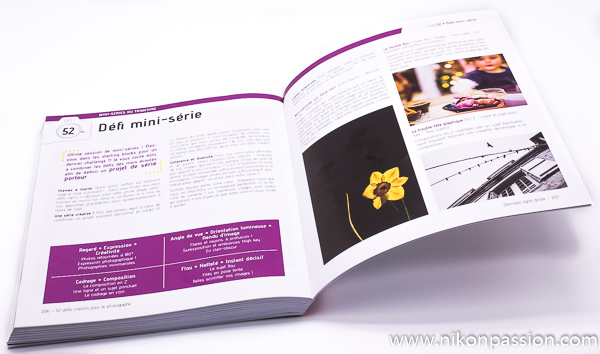
Once you have your answers, make your life easier by choosing a guide in which the author has already done some of the work for you. The few euros invested will save you time and since you are short of time, it’s a good idea.
In 52 creative challenges for the photographer, Anne-Laure Jacquart offers you :
- a challenge: one year of photography,
- a breakdown in 52 weeks with as many subjects and exercises,
- the details of what you need to do each week,
- sample photos,
- how to receive feedback on yours to measure progress.
Anne-Laure animates a community reserved for readers of the book and allows you to share your photos and discover what other photographers have produced.
Another evil hits the amateur photographer is the lack of diversity. When I asked Michael Freeman how he defined himself, during our joint presentation at the last Salon de la Photo, he replied “I don’t know, I’m a photographer. I’m not a photographer of this or that, I’m a photographer. Anything at all” (watch this inspiring video).
Whatever your level you need to get out of your comfort zone to confront other areas, other practices.
Readers of La Lettre, the series of emails in which I share my photography ideas and practices, know that I photograph the city first and foremost. But that I have recently approached flower photography. By challenge. To see what I could do about a subject that is unfamiliar to me.
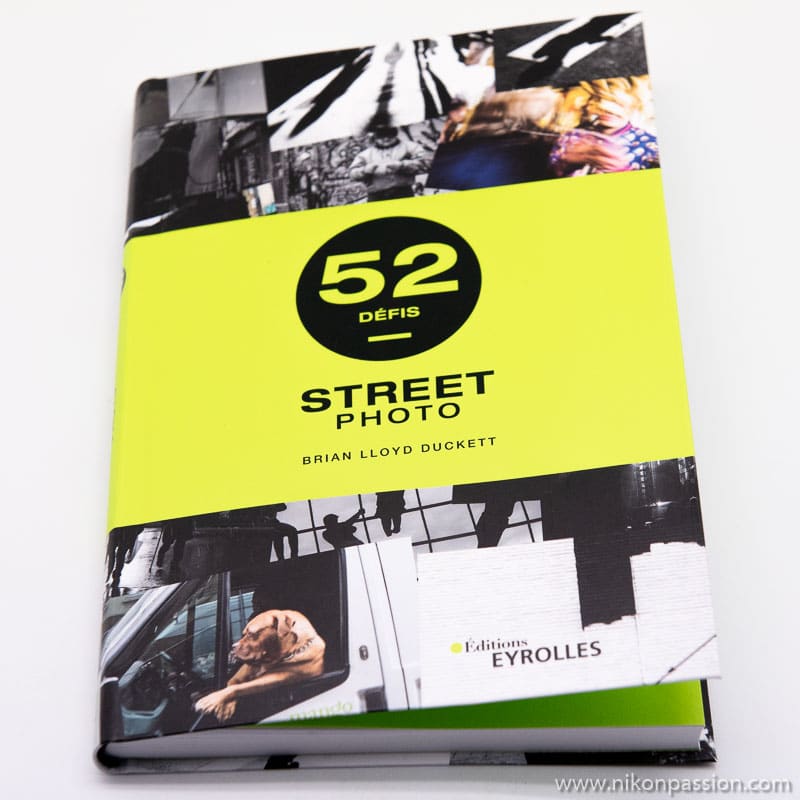
It is by discovering new practices for you that you will progress in photography. I often receive messages from readers attracted by street photography, for example, who don’t dare to take the plunge. All the arguments are good (I’m not laughing, I did the same thing.) :
- I have the wrong box,
- I have the wrong lens.
- I don’t live in the right place,
- I don’t have time (!).
If you do, get Brian Lloyd Bucket’s book “52 Street Photo Challenges.” Follow the author on his Instagram account to see what he is doing, and do the suggested exercises without question.
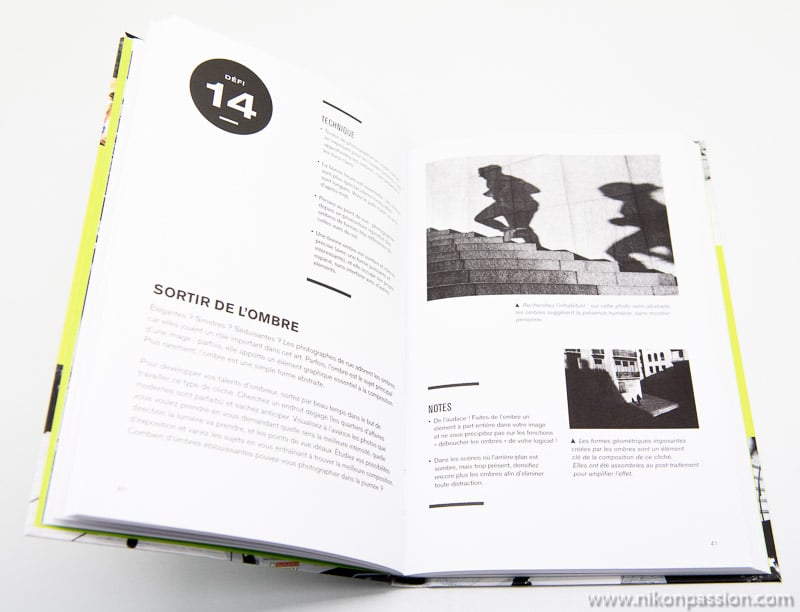
You will see that you have the right camera, the right lens, that you live in the right place and … you will find the time because you will discover from the first pages that you can make street pictures yourself.
If street photography doesn’t appeal to you, try another approach. Get off the beaten track, bend the rules and have fun.
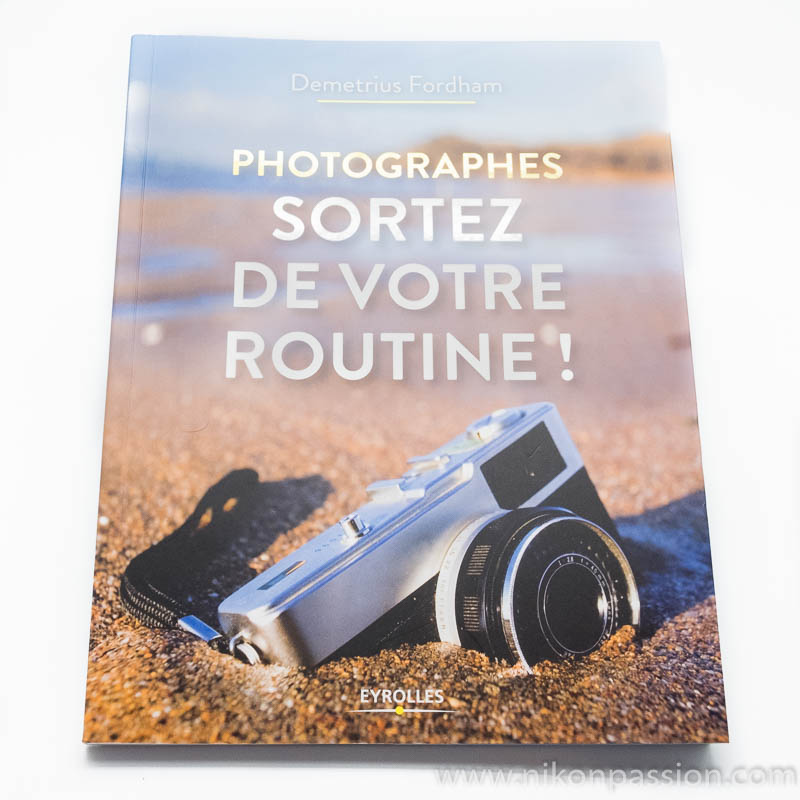
In “Photographer, Get Out of Your Routine,” The author offers 50 challenges based on tips and tricks. At random:
- limit yourself to 24 views,
- to photograph the banality,
- photograph the same subject 100 times,
- capture the intangible,
- …
That doesn’t mean you won’t be doing traditional photography anymore.
This means that you will get a boost that will make you experience the photo differently.
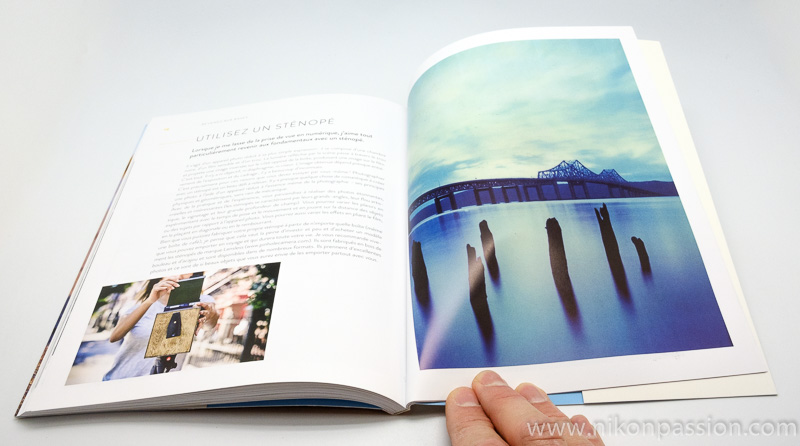
Maybe your problem is the lack of inspiration, a certain weariness that makes you always make the same pictures in the same places, without much originality, and you get bored.
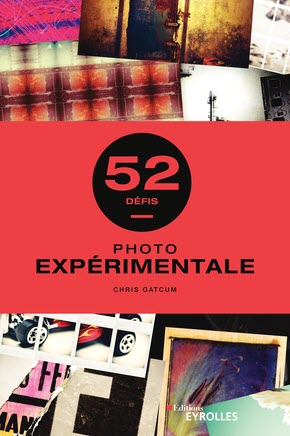
I know that, by dint of filming in my city I frequent the same places, the same people and the same situations photographed dozens of times already. I don’t always want to do it all over again.
A good solution in this case is to set aside everything you know and move on. Forget about technical issues, Cartesian approaches, recipes, etc. that-work-everything-world-wise…the banality that may have become your photography practice.
In 52 experimental photo challenges, Chris Gatcum invites you to “experiment”. Don’t follow the trends, don’t reduce everything to bokeh, swoop and creative filters. à-la-façon-Instagram.
On the contrary, by taking up some of the challenges in this book you will change the world:
- switch from digital to film,
- Undo the focus,
- play with cross-processing,
- play with the overlay,
- degrade the quality of your lens for more creativity (without risk to the material!),
- stitching pictures,
- put words to a picture,
- and so on
It is another way to progress in photography, more personal, using your emotions and feelings, in the spirit of what Gildas Lepetit-Castel describes in Inspiration in Photography.
« OWe don’t take a picture, we take a picture.« .
-Ansel Adams
If chance still has its place in photography, thinking before shooting, implementing the necessary technical means and then analysing the result is fundamental.
Have you ever bothered to look at your photos considering these three criteria:
- why did you take this picture, what was your desire?
- what means, equipment, settings did you use to achieve this result?
- what do you think of the final image and what would you do if you had to redo it?
I grant you, such an analysis is not easy to make if you are a beginner and lack references in photography. We all lack them at one time or another along the way.
It is therefore important to train yourself, to learn how to read a photo, to analyze what makes it interesting or whatever.
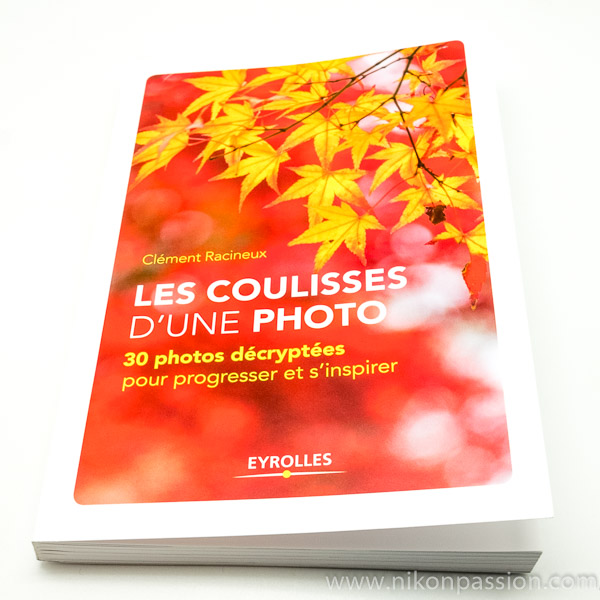
In his book “Behind the Scenes of a Photo,” Clément Racineux decrypts 30 of his photos:
- why he considered this shot,
- what purpose he used and why,
- what settings,
- what problems he’s been having,
- why he opted for this composition,
- what solution he adopted,
- what he would do if he had to do it all over again.
You will see, for example, why he cut a cyclist in half in Sweden or placed his device on the ground next to a dog.
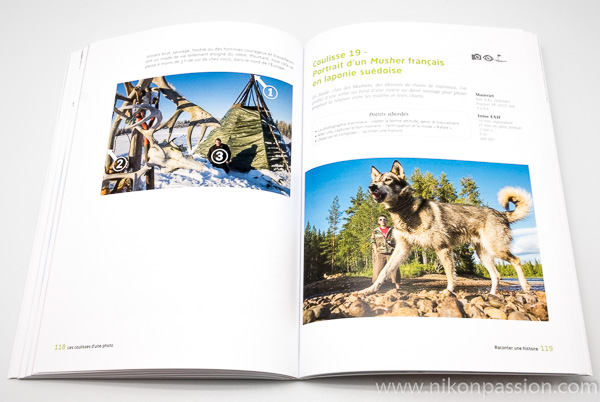
Once you’ve read these analyses, you’ll have learned two things:
- how other people make good pictures,
- how you can analyze yours to do the same.
It may seem daunting, but make the effort to test it with a photo and you’ll discover the possibilities of doing better.
You will take a step forward if you practice like this for a few weeks.
The bad news is that to progress in photography you’ll have to work, nothing new.
The good news is that if you take things a step back and have a minimum of method, you’ll have a great time while making progress.
This is the difference between an activity you enjoy and an imposed activity. In photography, the only person who has to impose something on you is you.
You’re the one who has to set the goals.
You’re the one who has to set the pace.
You are the one who has to define the time to be spent there.
It is you who must do the indispensable work of analysis.
With the tools at your disposal, including the books listed here, the task is within your reach.
Don’t think that this is not for you, that you don’t have the required knowledge, that you don’t have the gift, that you don’t have[[put whatever you want in here].
The only important thing is to decide to take action. That is the purpose of this article to give you the necessary push.
Is the goal achieved? Tell me about it!

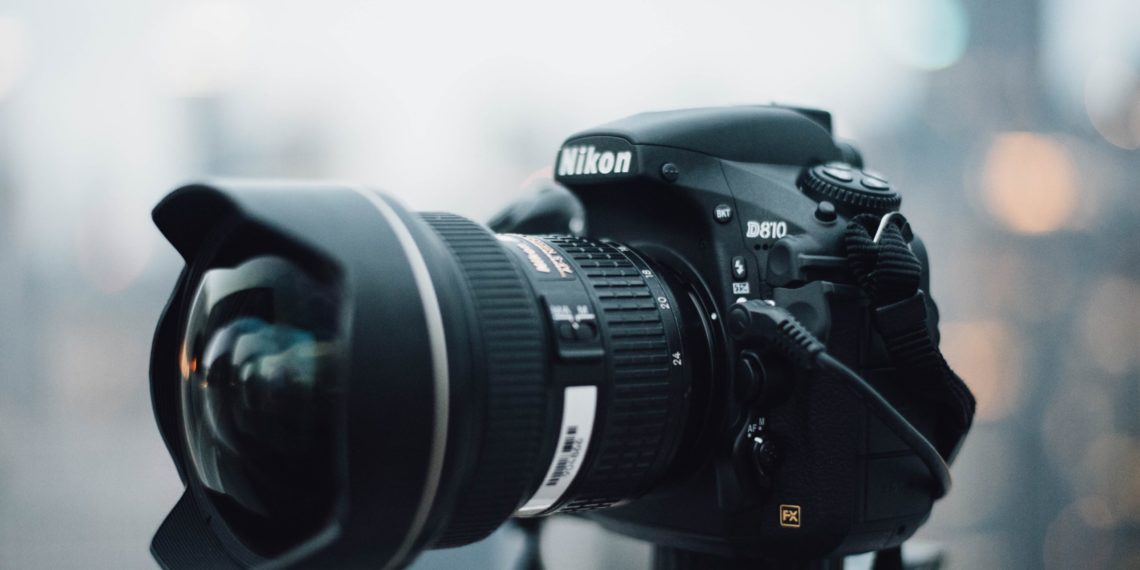



Discussion about this post